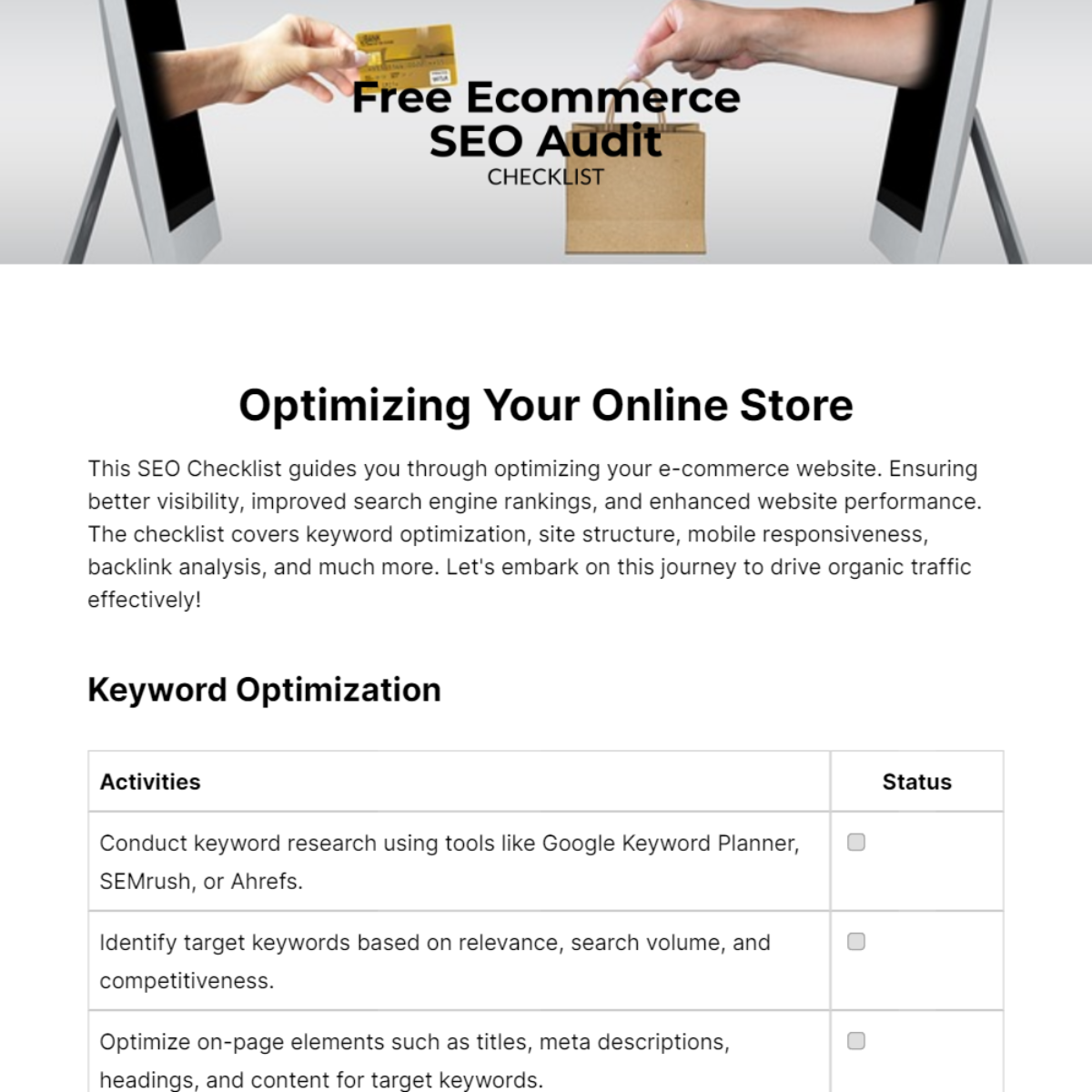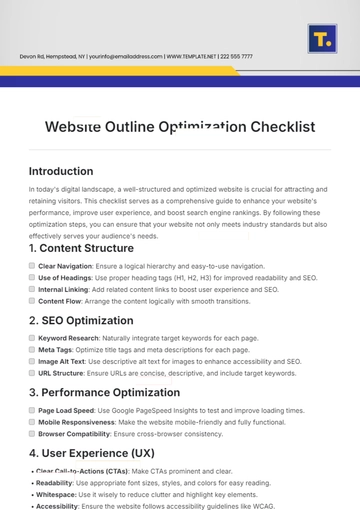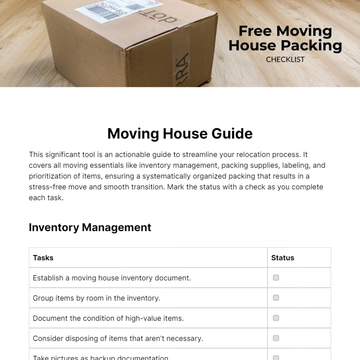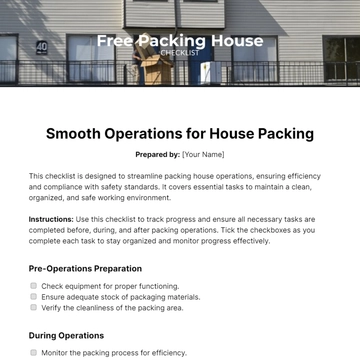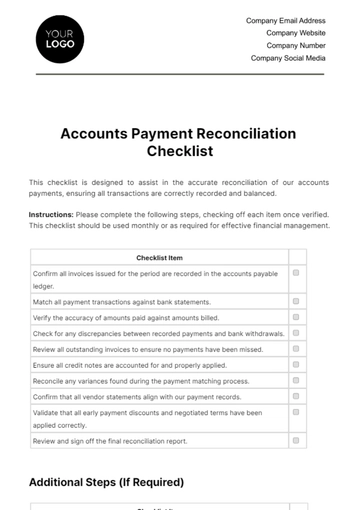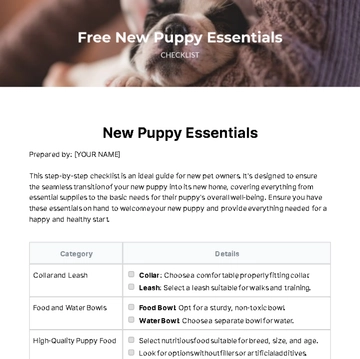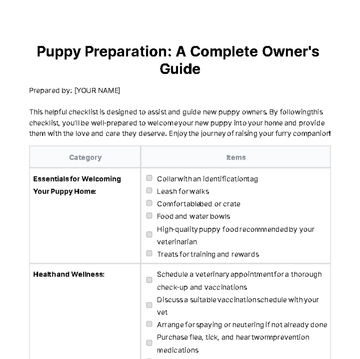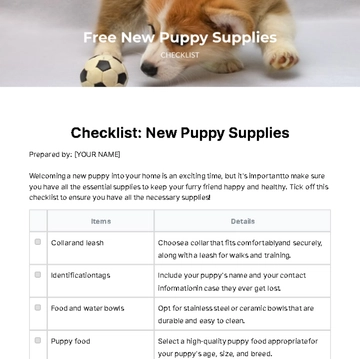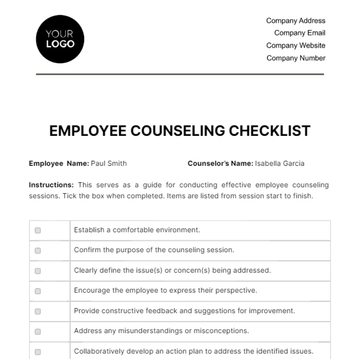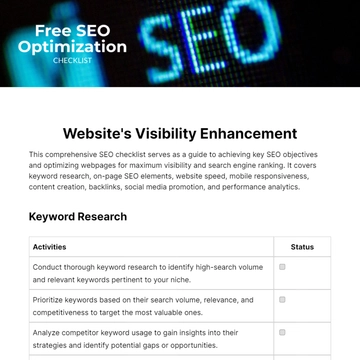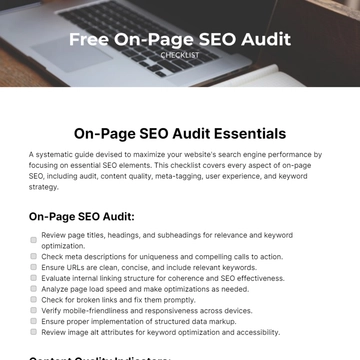Optimizing Your Online Store
This SEO Checklist guides you through optimizing your e-commerce website. Ensuring better visibility, improved search engine rankings, and enhanced website performance. The checklist covers keyword optimization, site structure, mobile responsiveness, backlink analysis, and much more. Let's embark on this journey to drive organic traffic effectively!
Keyword Optimization
Activities | Status |
Conduct keyword research using tools like Google Keyword Planner, SEMrush, or Ahrefs. | |
Identify target keywords based on relevance, search volume, and competitiveness. | |
Optimize on-page elements such as titles, meta descriptions, headings, and content for target keywords. | |
Ensure keyword density is appropriate and natural within the content. | |
Utilize long-tail keywords to capture specific search queries. | |
Monitor keyword performance and adjust strategy based on analytics data. | |
Implement schema markup for enhanced visibility in search results. | |
Site Structure Analysis
Activities | Status |
Audit website navigation and hierarchy for user-friendliness and logical flow. | |
Evaluate URL structure to ensure it's clean, concise, and SEO-friendly. | |
Check for broken links and redirect errors using tools like Screaming Frog or Google Search Console. | |
Improve internal linking to distribute link equity and improve indexability. | |
Optimize sitemap.xml and robots.txt files for better search engine crawling and indexing. | |
Ensure proper use of header tags (H1, H2, etc.) to organize content and signal importance to search engines. | |
Consider implementing breadcrumbs for easier navigation and better user experience. | |
Mobile Responsiveness
Activities | Status |
Test website responsiveness across various devices and screen sizes using tools like Google's Mobile-Friendly Test. | |
Implement responsive design principles to ensure a consistent and user-friendly experience on mobile devices. | |
Optimize images and media files for faster loading times on mobile devices. | |
Enable Accelerated Mobile Pages (AMP) for quicker loading on mobile devices. | |
Ensure touch elements are appropriately sized and spaced for easy interaction on touchscreen devices. | |
Monitor mobile usability errors in Google Search Console and address them promptly. | |
Continuously test and optimize the mobile experience based on user feedback and analytics data. | |
Backlink Analysis
Activities | Status |
Identify and analyze inbound links using backlink analysis tools like Moz's Link Explorer, Ahrefs, or Majestic. | |
Assess the quality and relevance of backlinks based on authority, anchor text, and referring domain metrics. | |
Disavow toxic or spammy backlinks that may harm the website's reputation or SEO performance. | |
Conduct competitor backlink analysis to identify potential link-building opportunities. | |
Develop a proactive link-building strategy to acquire high-quality backlinks from authoritative websites. | |
Monitor backlink profiles regularly to identify new opportunities and address any issues promptly. | |
Utilize outreach tactics such as guest blogging, influencer collaborations, and content partnerships to acquire backlinks naturally. | |
Web Analytics
Activities | Status |
Set up web analytics tools like Google Analytics or Adobe Analytics to track website performance. | |
Define key performance indicators (KPIs) such as traffic, engagement, conversions, and ROI. | |
Create custom dashboards and reports to monitor KPIs and track progress towards goals. | |
Analyze user behavior and demographics to understand audience preferences and interests. | |
Identify top-performing pages, content types, and traffic sources to inform content strategy and marketing efforts. | |
Conduct A/B testing and conversion rate optimization (CRO) experiments to improve website performance. | |
Regularly review and interpret analytics data to uncover insights and make data-driven decisions for optimization. | |
Checklist Templates @ Template.net
